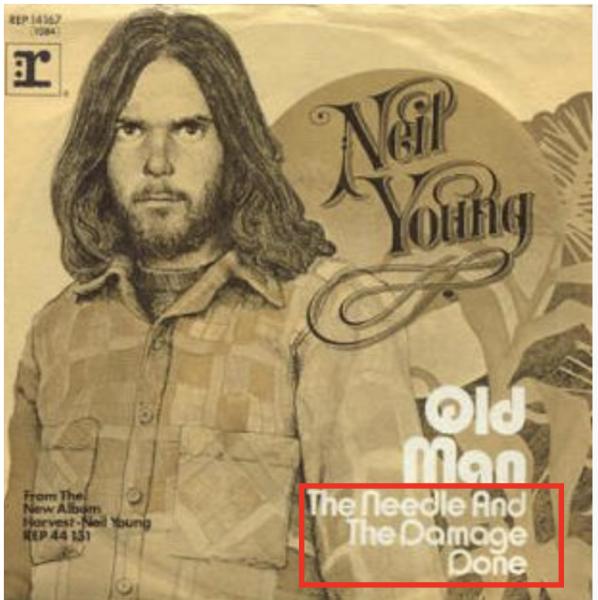Last weekend, Senate negotiators announced a bipartisan compromise on a supplemental spending package that will create tougher immigration and asylum laws aimed at addressing the chaotic flow of migrants across the southern border. The package also contains aid to Ukraine and Israel and the FEND OFF Fentanyl Act (Fentanyl Eradication and Narcotics Deterrence Off Fentanyl Act).
The FEND OFF Fentanyl Act targets individuals and international drug trafficking organizations that are linked to trading illicit fentanyl and fentanyl precursors with financial and property sanctions. President Biden imposed several such sanctions in December 2021 with Executive Order Number 14059. The FEND OFF Fentanyl Act makes those sanctions permanent. It adds others against individuals and organizations engaged in buying, selling, or laundering money attached to the trade in illicit fentanyl and its precursors.
If federal sanctions like these worked, organized crime would be a relic of the past. But it is alive and well.
Putting pressure on Chinese fentanyl precursor manufacturers might aid their competitors in India. And because waging war on drugs is like a game of whack‐a‐mole, the precursor business will pop up in countries other than India as opportunities present themselves.
Worst of all, this feckless political theater ignores the iron law of prohibition: “The harder the law enforcement, the harder the drug.” As Josh Bloom (Director of Chemical and Pharmaceutical Science at the American Council on Science and Health) and I wrote in a recent article for USA Today, a class of synthetic opioids loosely called “nitazenes” may soon produce the next overdose scourge.
“Nitazenes” are compounds derived from benzimidazole, which is benzene linked with imidazole. American chemists argue that the compounds don’t technically meet the United States Adopted Name (USAN) definition of “azenes.” Nevertheless, the name has stuck. Since 2019, toxicology labs in Europe, the UK, and North America are increasingly finding isotonitazene (users call it “iso” or “tony”) in overdose toxicology studies.
The precursors for making benzimidazole derivates are ubiquitous. Unlike fentanyl derivatives, which all have the piperidine infrastructure, manufacturers of benzimidazole derivatives start with the fused benzene and imidazole “rings” to produce countless chemical reactions. Pharmaceutical and chemical manufacturers use benzimidazole in a panoply of products with widely varying effects.
Benzimidazole derivatives include angiotensin II inhibitors, which clinicians prescribe to treat high blood pressure. (Examples include azilsartan, candesartan, and telmisartan.) Many antihelminthic drugs (used to treat human roundworm infestations) are benzimidazole derivatives. Proton pump inhibitors like omeprazole and pantoprazole, which effectively treat acid reflux and gastric hyperacidity, are benzimidazole derivatives, as are antipsychotic agents such as clompimozide and droperidol.
In the 1950s, the Swiss pharmaceutical company CIBA used benzimidazole derivates to make a powerful synthetic opioid, etonitazene, which is roughly 1,000 times more potent than morphine. Thus, the “recipe” for making nitazenes was born. CIBA never brought the drug to market. However, isotonitazene appeared in the illicit drug market in 2019.
Chemists in basement labs, using ubiquitous ingredients, can make innumerable nitazenes using benzimidazole. People who buy these products on the black market will unknowingly participate in these drugs’ first clinical trials.
The iron law of prohibition has fostered a new frontier in the illicit drug business: synthetic opioids. Drug traffickers need no longer rely on growing and transporting natural products—like opium and cocaine—to derive their drugs. Now they can make opioids and stimulants in underground labs from “scratch,” using common ingredients.
If the FEND OFF Fentanyl Act puts too much “heat” on fentanyl precursor distributors, drug traffickers might switch to making nitazene with its different, readily available precursors that are harder for law enforcement to track to nitazene makers.
If lawmakers want to know who to blame when the nitazene crisis arrives, they should look in the mirror.
# Reprinted with permission. The original article can be read here on the Cato Institute website.




